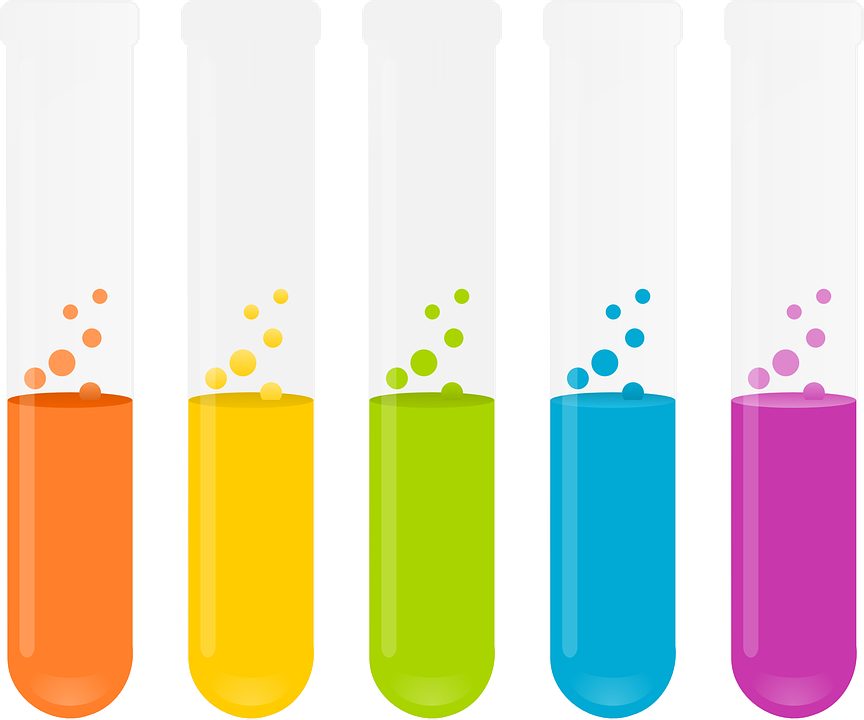Beware of nitrates in food!
Imagine a summer morning in a picturesque village. You wake up from the gentle touch of the sun’s rays, the ceremonial crowing of the neighbor’s rooster welcomes you, and your legs are already rushing out of the house towards a new day …
How great it all is! The garden in the backyard is full of bright red cherries, and the leaves of the lettuces and parsley are green … This is a vitamin paradise!
This is what we have in our minds, but, unfortunately, we are led to disappointment. The culprit? Tiny molecules of nitrates … This is my post today.
What are nitrates?
Nitrates are compounds (salts) of metals which contain a residue of nitric acid (HNO3). In solutions, nitrates are, as a rule, represented by negatively charged particles — nitrate anions (NO3–), which contain three oxygen atoms and one nitrogen atom.
It is nitrates that are the main form in which mineral nitrogen is absorbed by plants from the soil. After absorption, nitrates are included in reduction reactions, the purpose of which is to obtain ammonium ions (NH4 +). A simplified diagram of this process is as follows:
NO3- → NO2- → NH4 +
Why precisely ammonium? It’s simple. Recall that proteins, one of the most important classes of organic compounds, are composed of amino acids. Amino acids, in turn, are nitrogen-containing molecules. To build an amino acid and, accordingly, protein, the body needs nitrogen. It so happens that nitrates containing nitrogen cannot be involved in the synthesis of amino acids, but ammonium can. So the plant has to first absorb the nitrates and then turn them into ammonium. Alas, this transformation is not an instantaneous matter; therefore, nitrates can accumulate in the plant’s body, and we, in turn, eat them.

No comments:
Post a Comment